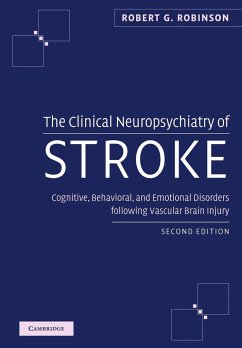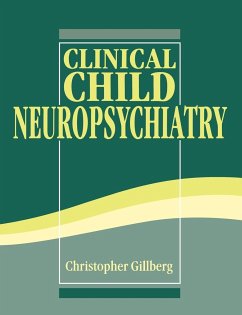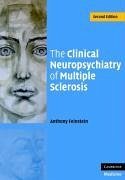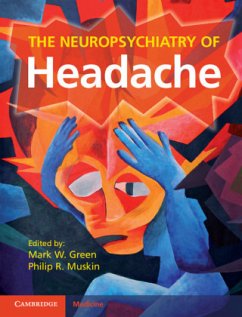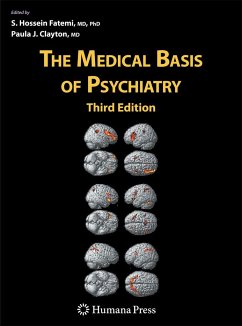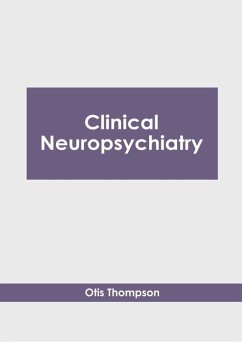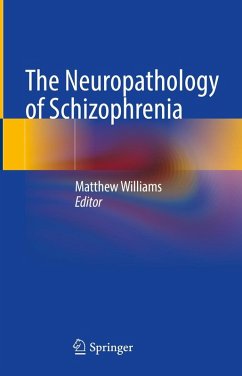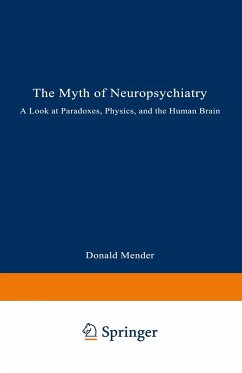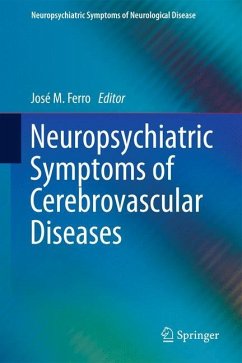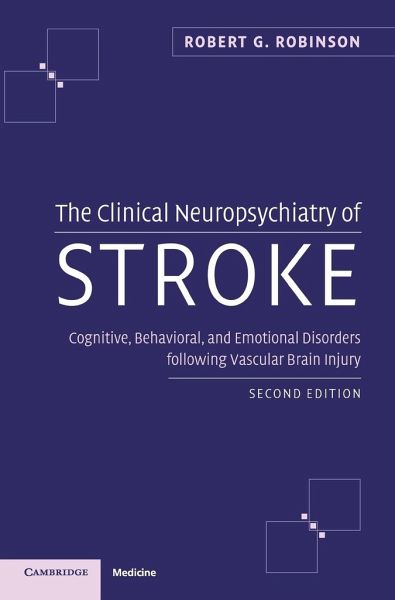
The Clinical Neuropsychiatry of Stroke
Versandkostenfrei!
Versandfertig in 1-2 Wochen
202,99 €
inkl. MwSt.
Weitere Ausgaben:

PAYBACK Punkte
101 °P sammeln!
This second edition covers the range of neuropsychiatric syndromes associated with stroke, including cognitive, emotional and behavioural disorders such as depression, anxiety and psychosis. There is growing recognition among a wide range of clinicians and allied healthcare staff that post-stroke neuropsychiatric syndromes are common and serious. Such complications can have a negative impact on recovery and even survival; however, there is now evidence suggesting that pre-emptive therapeutic intervention in high-risk patient groups can prevent the initial onset of the conditions. This opportun...
This second edition covers the range of neuropsychiatric syndromes associated with stroke, including cognitive, emotional and behavioural disorders such as depression, anxiety and psychosis. There is growing recognition among a wide range of clinicians and allied healthcare staff that post-stroke neuropsychiatric syndromes are common and serious. Such complications can have a negative impact on recovery and even survival; however, there is now evidence suggesting that pre-emptive therapeutic intervention in high-risk patient groups can prevent the initial onset of the conditions. This opportunity for primary prevention marks a huge advance in the management of this patient population.





